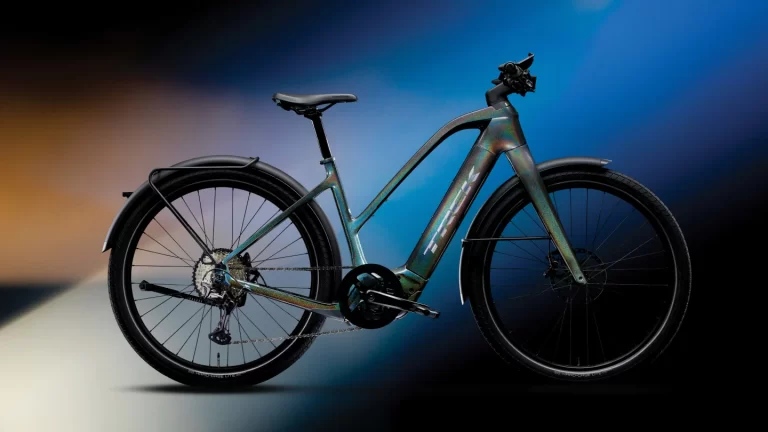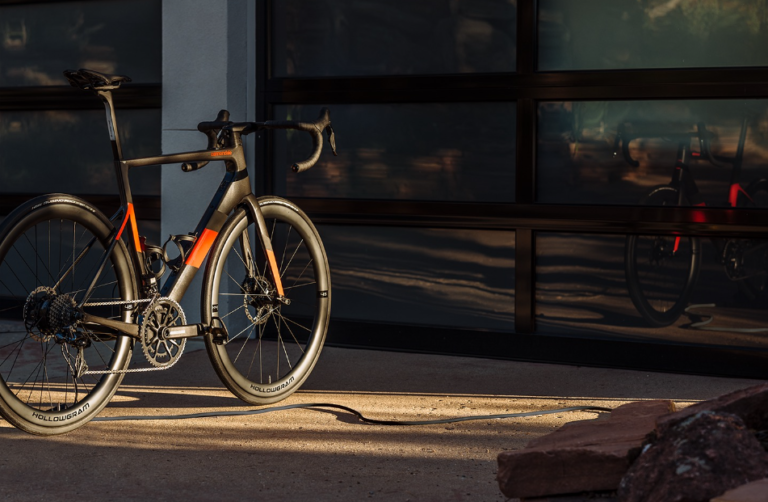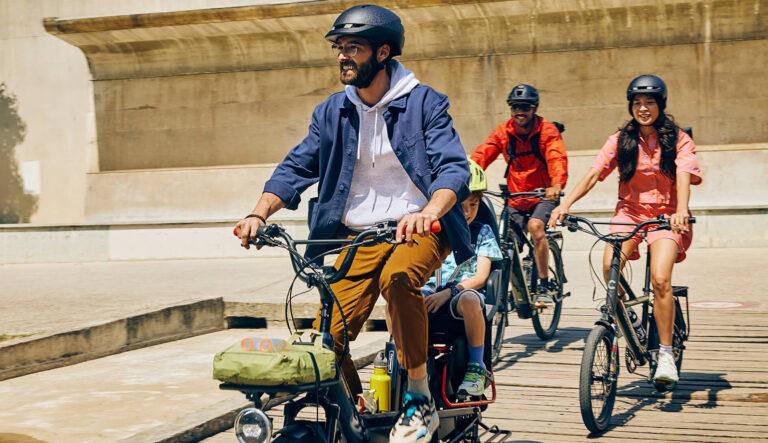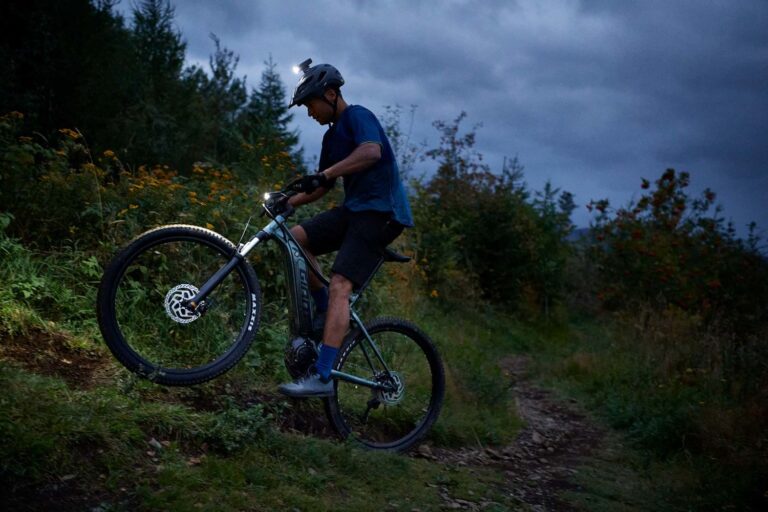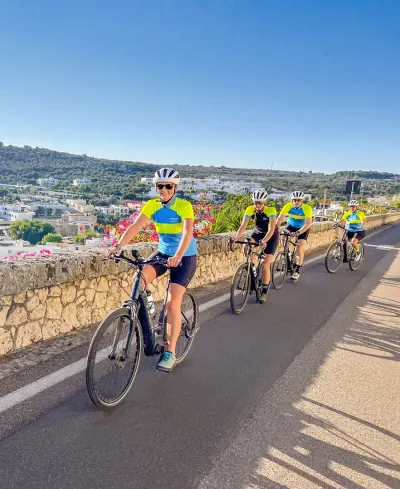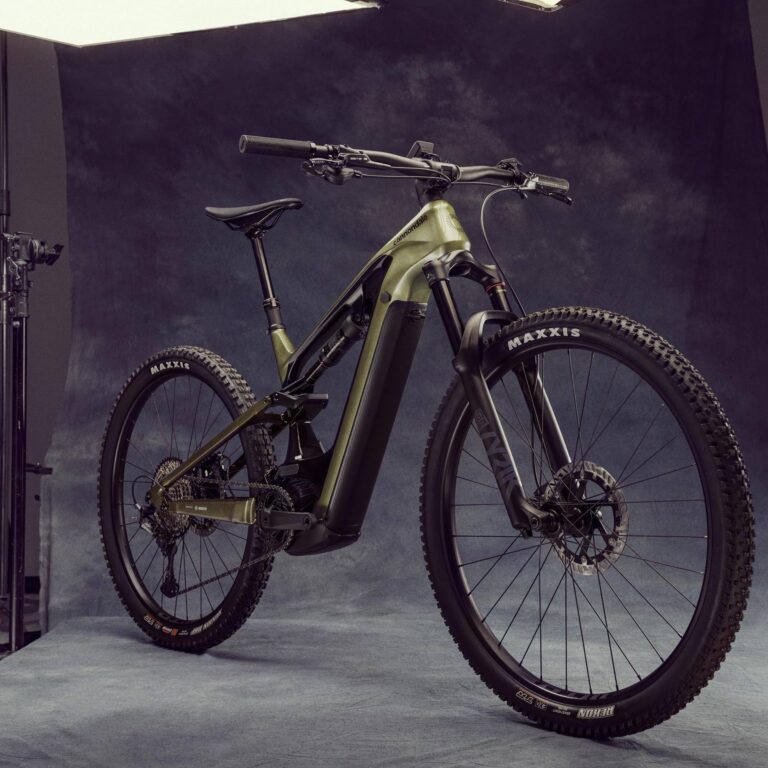Mountain eBike Buyers Guide
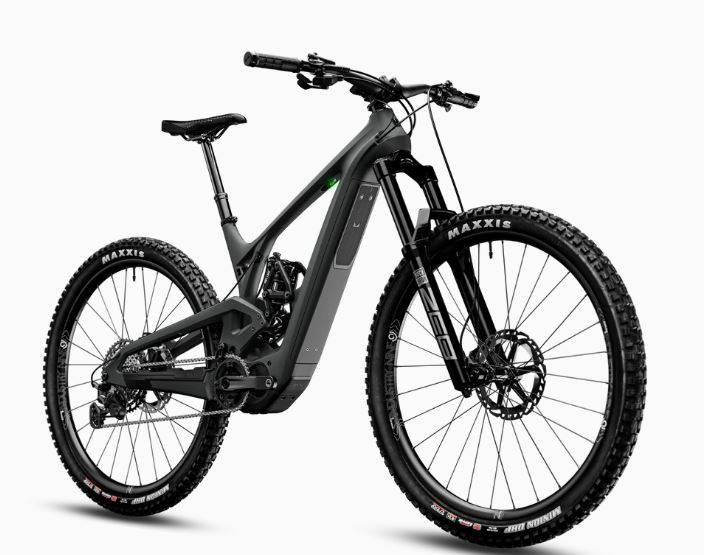
With the rise in popularity of eBikes and the ever-evolving advancements in technology, mountain eBikes have swiftly become a favorite choice for both novice and seasoned riders seeking added power for their off-road escapades. And let me tell you from first hand experience, they are a BLAST to ride!!! This comprehensive Mountain eBike Buyers Guide is tailored to help you navigate the nuances and make an informed decision when buying a mountain eBike.
Understand the Types of Mountain eBikes
Mountain eBikes are segmented based on the kind of terrains they’re designed for:
- Cross-Country (XC): Ideal for longer distances on less technical trails. They have relatively less suspension, usually between 80-120mm, making them lightweight and fast.
- Trail Bikes: A versatile option suitable for general mountain biking. Designed with a balanced approach, they come with a moderate suspension range of 120-140mm.
- All-Mountain/Enduro: Tailored for those who dare to challenge themselves on demanding terrains and steep descents. Robustly built with suspension ranging from 140-180mm.
- Downhill: Exclusively built for the adrenaline junkies descending steep and technical trails. These are the beasts with the most suspension, often exceeding 180-200mm.
Motor Location
The placement of the motor significantly affects the bike’s performance:
- Mid-Drive Motor: Strategically placed around the bike’s bottom bracket, it offers an impeccable balance and a more natural pedaling assistance.
- Hub Drive Motor: Positioned in the center of a wheel, usually the rear. These might feel a tad less balanced compared to mid-drives but often come at a more accessible price point.
Battery Life and Range
The heart of an eBike is its battery:
- Gauge the battery’s watt-hour (Wh) capacity. The golden rule? Higher Wh translates to an extended range.
- Generally, a beefier battery will last you anywhere from 40-100 miles per charge. But remember, real-world factors like your weight, riding style, and the trail’s nature can influence this.
Weight Considerations
With the addition of a motor and battery, eBikes tend to be on the heavier side:
- The average mountain eBike tips the scale between 40-55 lbs.
- Ponder on the logistics. How will you transport it? If storing or moving is a concern, opting for a model with a removable battery can be a game-changer.
Frame Material
The frame forms the bike’s skeleton:
- Aluminum: A popular choice that strikes a balance between durability, weight, and cost.
- Carbon Fiber: If you’re looking for something lighter with a bit of flex for a smoother ride, carbon fiber is the way to go, albeit at a premium price.
Suspension Matters
The type of suspension can greatly influence your ride comfort:
- Hardtail: Features suspension only in the front fork. A great option for those looking for something lighter and low maintenance, apt for less demanding terrains.
- Full Suspension: Boasts of suspension both upfront and at the rear. Your best bet for a plush ride on rugged terrains.
Wheel Size and Tires
Your contact point with the ground:
- 27.5-inch: For those who prioritize agility and brisk acceleration.
- 29-inch: A favorite among those who prefer effortlessly rolling over obstacles and a more stable ride.
- Tires: Opt for wider tires for a superior grip. Mountain eBike tires usually range from 2.3″ to 2.8″ in width.
Braking System
Safety first!
- Hydraulic Disc Brakes: Superior stopping power with minimal effort.
- Mechanical Disc Brakes: While they need a bit more hand strength, they’re relatively simpler to maintain.
Features and Customization
The bells and whistles:
- Some models come equipped with integrated lights, racks, or fenders. Handy if you’re also considering commuting or running errands.
- Modern eBikes often boast customizable power settings, allowing you to fine-tune the level of assistance.
Cost and Warranty
Your investment:
- Mountain eBikes can set you back anywhere from $1,500 to a whopping $10,000. It’s essential to set a realistic budget.
- Dive deep into the warranty details, especially concerning the motor, battery, and frame.
Test Ride
Words can only tell so much:
- Taking a few models for a spin can offer invaluable insights. It’s the best way to find what truly resonates with your riding style and comfort.
Local Regulations
Stay informed:
- It’s paramount to be aware of local regulations. Some trails or regions might have restrictions or special guidelines for eBike usage.
Brand Reputation & Reviews:
- Research the brand, look into customer feedback, and consider after-sales service.
- Click here to see the Best Mountain eBikes Rated and Ranked
List of Mountain eBike Manufacturers
Trek
Conclusion
Mountain eBikes are the perfect amalgamation of the raw thrill of mountain biking with the sophisticated power of electric assistance. By understanding your needs and being mindful of the features, you’re well on your way to finding the perfect companion for your off-road adventures. As always, prioritize safety, don the helmet, and let the adventures begin! John
FAQ’s
What to look for when buying an e mountain bike?
Buying an e-Mountain Bike: Key Considerations
- Type of Riding: a. Cross Country (XC): Ideal for riders looking for a lightweight option focused on efficient pedaling and smoother terrains. Typically features less suspension travel. b. Trail: A versatile option, providing a balanced experience both while climbing and descending. Good for varied terrains. c. All Mountain/Enduro: For those tackling challenging terrains and steeper descents. Features more suspension travel. d. Downhill: Predominantly for descending steep and technical terrains. Not designed for efficient uphill pedaling.
- Motor: a. Position: Mid-drive motors (near the pedals) offer better weight distribution and efficient power transfer compared to hub-drive motors. b. Power: Measured in watts. Tailor the power to your needs – more isn’t always better. c. Brands: Reputable brands like Bosch, Shimano, Brose, and Yamaha are known for durability and performance.
- Battery: a. Capacity: Measured in watt-hours. A larger capacity gives a longer range but is heavier. b. Integration: Some bikes sleekly integrate batteries into the frame, improving aesthetics and balance. c. Range: Always check the estimated range. Real-world conditions can vary. d. Removability: Removable batteries can be charged separately and replaced easily.
- Frame Material: a. Aluminum: A common material that’s durable and more affordable. b. Carbon fiber: Offers weight savings and potentially smoother ride characteristics but at a higher cost.
- Suspension: a. Hardtail: Features suspension only in the front, offering a lighter and typically less expensive option. b. Full Suspension: Equipped with both front and rear suspension, better for absorbing impacts on rough terrains.
- Wheels and Tires: a. Size: 27.5″ wheels are agile, while 29″ wheels better roll over obstacles. b. Width: Wider tires provide more traction, especially in loose conditions. c. Tubeless: Offers the ability to run lower pressures for better grip and reduces the chance of flats.
- Gearing: a. Even with motor assistance, having a suitable gear range for your terrain helps in efficiency and battery conservation.
- Brakes: a. Hydraulic disc brakes provide superior stopping power, especially vital given the additional weight of e-MTBs.
- Weight: a. e-MTBs are heavier due to the motor and battery. Lighter bikes are generally more agile and easier to handle without motor assistance.
- Assist Mode: a. Pedal Assist: The motor provides power only when you pedal, enhancing natural bike-riding feel. b. Throttle: Acts like a motorcycle throttle. Some trails restrict this mode.
- Display and Controls: a. Consider the ease of use and clarity of the interface for controlling motor assistance levels and other bike metrics.
- Legal Restrictions: a. Ensure you’re aware of local regulations about motor power limits, speed limits, and trail access for e-bikes.
- Price: a. More expensive doesn’t always mean better, but investing in quality components and reputable brands can lead to better durability and performance.
- Brand and Reviews: a. Choose established brands and consult reviews to gauge reliability and real-world performance.
- Warranty: a. A robust warranty and post-purchase support can save future headaches.
- Test Ride: a. Always advisable before purchasing. It’s the best way to feel the bike’s performance, fit, and comfort.
Using this comprehensive list should help in narrowing down the most suitable e-MTB for your needs and preferences.
How much should I spend on an electric mountain bike?
The amount you should spend on an electric mountain bike (e-MTB) largely depends on your specific needs, preferences, and budget. Here’s a general breakdown of price ranges and what to expect at each level:
- Entry-Level ($1,000 – $2,500):
- Features: Basic e-MTBs with entry-level components. They might have hub-drive motors instead of the more efficient mid-drive motors.
- Best for: Casual riders or those who are just getting into e-mountain biking and are unsure if they’ll stick with it long-term.
- Mid-Range ($2,500 – $5,000):
- Features: Quality e-MTBs with mid-range components, better suspension systems, mid-drive motors, and better integrated battery systems.
- Best for: Regular riders who want a reliable and performance-oriented e-MTB without breaking the bank. Suitable for a variety of terrains.
- High-End ($5,000 – $10,000):
- Features: Top-of-the-line components, lightweight frame materials like carbon fiber, state-of-the-art motor and battery systems, high-quality suspension systems, and advanced features like electronic shifting or integrated lights and GPS.
- Best for: Enthusiasts and professional riders who demand the best performance, durability, and latest technologies.
- Elite ($10,000+):
- Features: The pinnacle of e-MTB design and technology, often with custom or limited-edition offerings. These bikes come with every premium feature available.
- Best for: Those who want a no-compromise e-MTB, have a high budget, or are looking for something truly unique.
Factors to Consider:
- Usage Frequency: If you’re riding frequently or tackling more technical terrains, it’s worth investing in a higher-quality e-MTB.
- Terrain: More challenging terrains demand better suspension systems and components, which can increase the price.
- Longevity: Investing more initially can mean a bike that lasts longer without needing significant repairs or upgrades.
- Resale Value: High-quality bikes often have a better resale value if you decide to upgrade or switch bikes in the future.
- Brand & Warranty: Established brands might come at a premium but offer better warranties and post-purchase support.
Tips:
- Always test ride before purchasing to ensure the bike feels right.
- Consider the total cost, including potential upgrades, maintenance, and accessories.
- Sometimes last year’s models can be found at a discount.
- Check reviews and feedback on specific models within your budget.
In the end, the right price for an e-MTB is a personal decision. Set a budget that aligns with your needs, research within that range, and invest in the best quality you can afford.
What size E mountain bike do I need?
Choosing the right size for an e-mountain bike (e-MTB) is crucial for comfort, efficiency, and safety. Riding a bike that doesn’t fit properly can lead to discomfort, reduced control, and potential injuries. Here’s a guide to help you determine the best size:
- General Sizing:Most e-MTBs come in standard sizes like Small (S), Medium (M), Large (L), and Extra Large (XL). Some brands might have XS or XXL sizes too. Each size corresponds to a range of rider heights.Typically, brands will provide a size chart based on height. Here’s a general idea:
- XS: 5’0″ to 5’3″ (152-160cm)
- S: 5’3″ to 5’7″ (160-170cm)
- M: 5’7″ to 5’11” (170-180cm)
- L: 5’11” to 6’3″ (180-191cm)
- XL: 6’3″ to 6’7″ (191-201cm)
- XXL: 6’7″+ (201cm+)
- Standover Height:This is the distance from the ground to the top tube of the bike. Ideally, when straddling the bike with both feet flat on the ground, there should be a few inches (or a minimum of one inch for mountain bikes) of clearance between the top tube and your crotch. This ensures safety and maneuverability, especially on rough terrains.
- Reach and Stack:
- Reach: Horizontal distance from the bottom bracket to the top of the head tube. This influences how stretched out you feel on the bike. It’s a critical measurement for mountain bikes because it affects your weight distribution and handling.
- Stack: Vertical distance from the bottom bracket to the top of the head tube. It affects the bike’s handlebar height and your riding posture.
- Seat Tube Length:Even though you can adjust the saddle’s height, the seat tube length determines the range of adjustment. Make sure it’s appropriate for your leg length.
- Test Ride:If possible, test ride several sizes to see which feels the most comfortable and offers the best control. While the bike’s size chart provides a good starting point, individual body proportions (e.g., arm length, torso length) can affect the best fit.
- Adjustments:Remember, minor fit adjustments can be made using different stems, handlebars, or seat posts. For instance, if you feel too stretched out, you might need a shorter stem.
- E-MTB Specific Considerations:Due to the added weight of the motor and battery, e-MTBs might feel different from regular mountain bikes. This might influence your size preference, especially if you’re between sizes.
In conclusion, while height-based general sizing provides a good starting point, other factors like individual body proportions, intended use, and personal preference play a role. Always consult the specific manufacturer’s size chart and, if possible, do a test ride.
